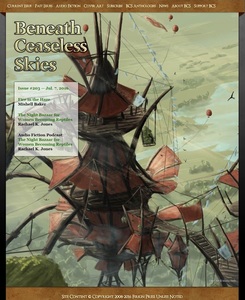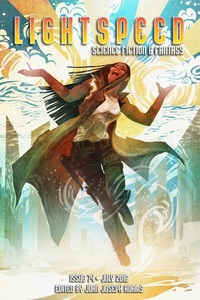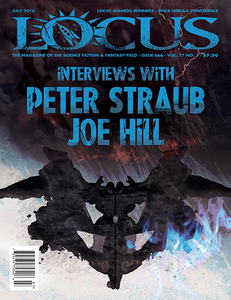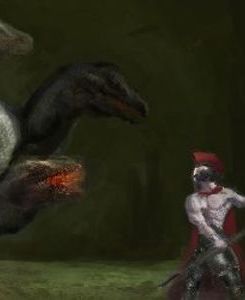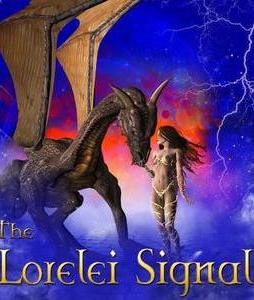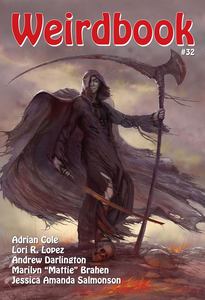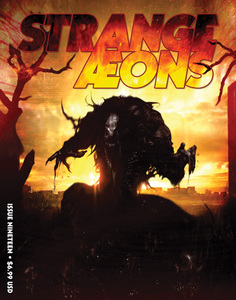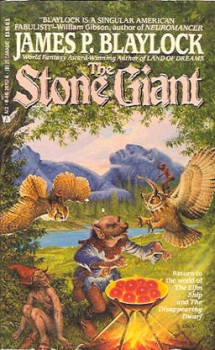I Want to Believe: A Review of A Vision of Fire by Gillian Anderson & Jeff Rovin
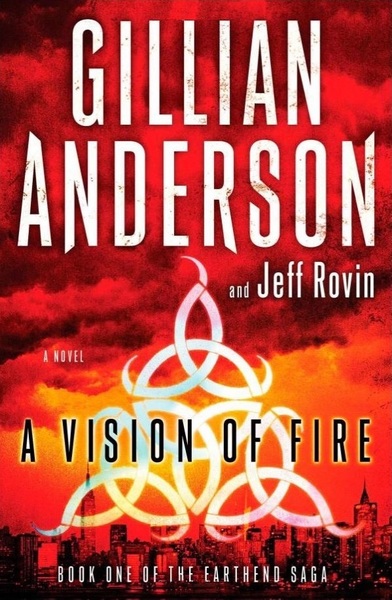 |
 |
We have this long history of actors trying to make a name for themselves through other creative endeavors, and it seems to be getting popular. Actors jumping into the music industry, like Kiefer Sutherland, David Duchovney and Malin Akerman. Actors exploring the world of visual art (Anthony Hopkins is an avid painter, I learned recently). And there are a lot of actors who try their hand at writing. And I don’t mean cookbooks (no disrespect to Gwyneth Paltrow) but writing fiction, which takes a little more talent and skill.
As my inaugural post here at Black Gate I want to talk about Gillian Anderson, specifically her debut novel A Vision of Fire, which she co-wrote with NYT-bestselling author Jeff Rovin. As the blurbs on the back of the book jacket say (click the image above right to sample them), the idea of Agent Dana Scully writing speculative fiction is enough to get our attention, even if expectations aren’t particularly high. But luckily for us, it turns out Anderson knows what she’s doing.
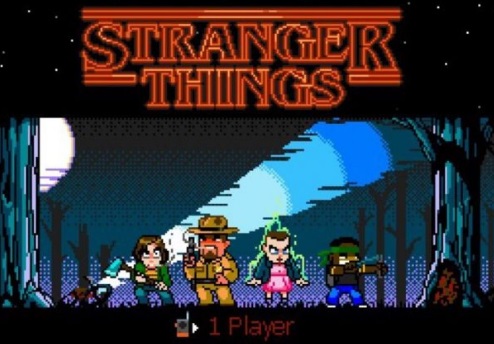

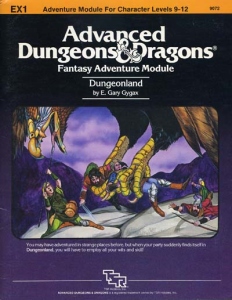
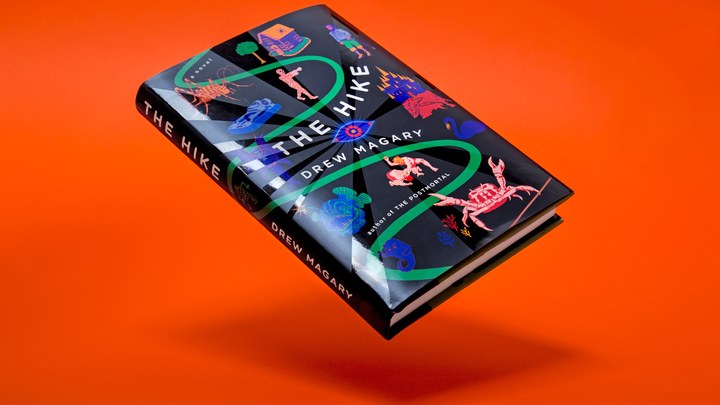
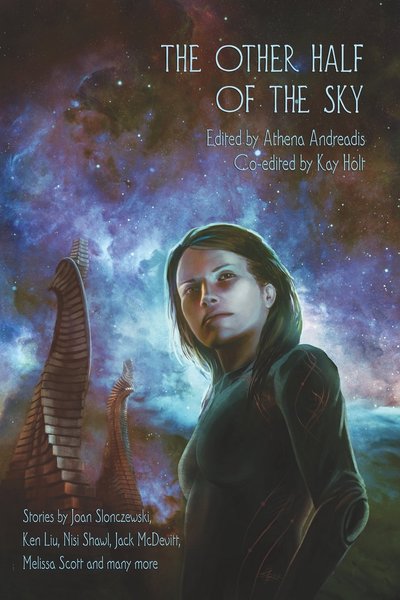
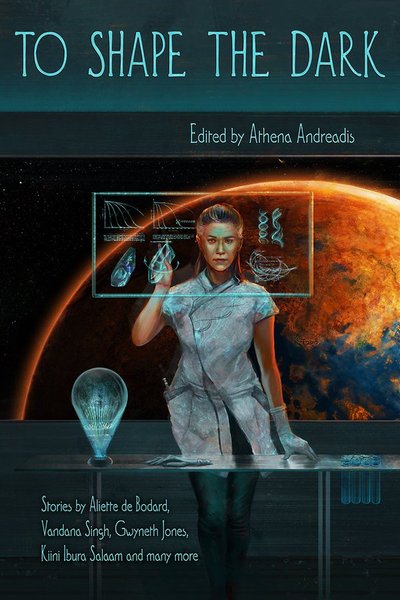

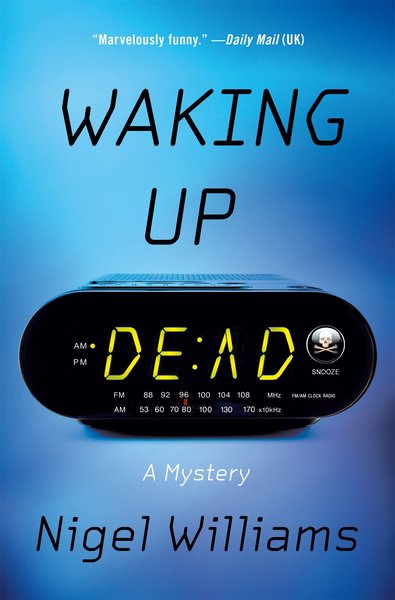
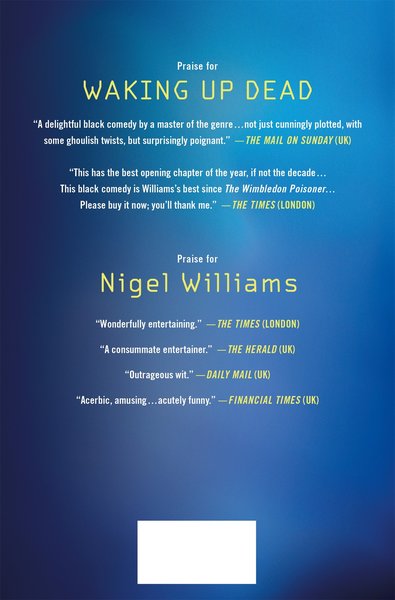
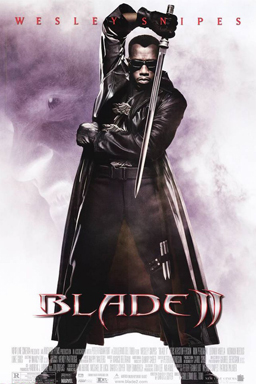 Friday, July 15, began early for me. I headed down to Fantasia’s De Sève Theatre to watch a 2 PM press conference with the winner of this year’s
Friday, July 15, began early for me. I headed down to Fantasia’s De Sève Theatre to watch a 2 PM press conference with the winner of this year’s 